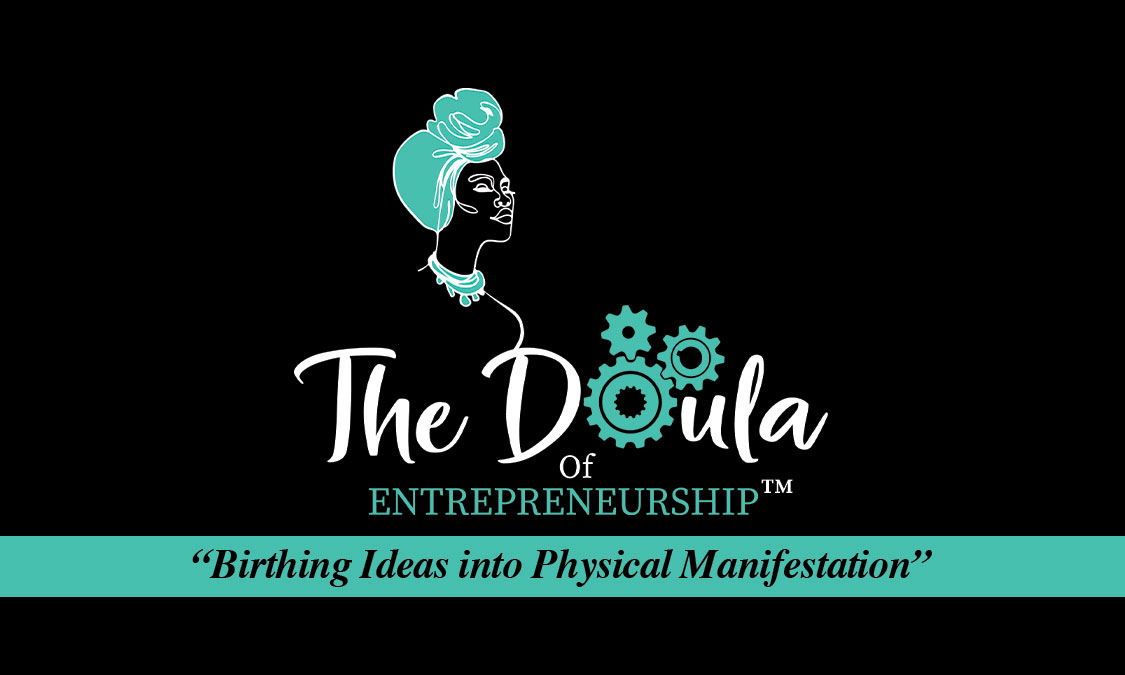Big Beautiful Bill- Pros and Cons

BIG BEAUTIFUL BILL
The Pros and Cons by Russ Seagle, Executive Director of The Sequoyah Fund
“This week, we’re bringing you news on just one topic. That topic, though, has many parts: The “One Big Beautiful Bill” signed into law last week. This bill introduces several significant and permanent changes to the tax code that will directly affect your small business, your suppliers, employees, and broader supply chains. Major news organizations have been (and will continue to) focus on the provisions that most align with their viewership’s passions. What they won’t focus on are the “in the weeds” pieces that matter to Main Street businesses. How you view this legislation will likely come down to where you are on the political spectrum. We hope you’ll take this as our unbiased attempt at an apolitical summary of the provisions of the bill that will directly hit or help your pocketbook. Whether you’re tempted to jump for joy or run for the hills after reading this, make sure you have a knowledgeable, qualified, and trusted tax preparer or accountant you can consult about these changes.
First, the positive stuff:
1. Qualified Business Income (QBI) Deduction (Section 199A) Made Permanent
● The 20% Qualified Business Income (QBI) deduction, which was set to expire, has been made permanent and, according to some sources, increased to 23%. This deduction applies to pass-through entities like sole proprietorships, partnerships, and S corporations, which constitute the majority of American small businesses.
● The bill also relaxes income-based phase-out limitations and introduces an inflation-adjusted minimum deduction of $400 for taxpayers with at least $1,000 of QBI from active trade or businesses.
● The phase-in range for certain businesses is increased from $50,000 to $75,000 for non-joint tax returns and from $100,000 to $175,000 for joint returns.
2. Bonus Depreciation Fully Restored (100%)
● Immediate Expensing: Businesses can now deduct 100% of qualifying property costs (e.g., equipment, machinery) in the year placed in service for property acquired after January 19, 2025, and before January 1, 2030.
● Retroactive Benefits: This applies retroactively to certain property placed in service after January 19, 2025, which may benefit businesses that delayed investments during previous phase-down years.
3. Section 179 Expensing Cap Increased
● Higher Limits: The Section 179 expensing cap is doubled from $1.25 million to $2.5 million, with future inflation adjustments.
● First-Year Expensing: Small businesses can fully expense qualifying equipment and property purchases in the first year, further improving cash flow and investment planning.
● An elective 100% depreciation allowance is also added for qualified production property (QPP) through 2030, covering newly constructed and certain existing non-residential real estate used for manufacturing, production, or refining of tangible personal property in the US.
4. Research & Development (R&D) Deductions and Credits
● Immediate Deduction for R&D: Businesses can once again immediately deduct domestic R&D expenses (Section 174/174A), reversing the previous requirement to amortize over five years. This change is retroactive to 2022.
● Enhanced R&D Tax Credit: The Section 41 R&D tax credit remains available, allowing businesses to claim a 6–20% credit on qualified research expenditures while also deducting the same costs.
● Impact: Encourages innovation and investment in new technology and processes. (True, this won’t directly affect most Mom & Pop businesses, but your suppliers and/or customers may benefit.)
5. Estate Tax Exemption Increased and Made Permanent
● Higher Thresholds: The estate tax exemption is increased from $10 million and made permanent at $15 million for individual filers and $30 million for joint filers.
● Impact: Eases the transfer of family-owned businesses across generations, supporting continuity and succession planning, and generally helping keep the business in the family.
6. Business Interest Deduction Changes
● Expanded Deductibility: The calculation for deductible business interest expense is more favorable, as depreciation, amortization, and depletion deductions are removed from the adjusted taxable income (ATI) calculation.
● Floor Plan Financing: The definition of “motor vehicle” is expanded, allowing more businesses (such as those dealing in trailers and campers) to deduct interest on floor plan financing.
7. Permanent Marginal Rate Cuts for Individuals
● Individual Tax Rates: The marginal rate cuts from the 2017 Tax Cuts and Jobs Act are made permanent. This benefits the many small businesses organized as pass-through entities that pay individual income tax rates.
8. Section 179D and 45L Energy Credits (Temporary Extensions)
● Section 179D: Businesses can claim up to $5.00 per square foot for energy-efficient upgrades to buildings, but this deduction is only available until the end of 2026.
● Section 45L: Tax credits of $2,500–$5,000 per unit for building energy-efficient housing, also set to expire at the end of 2026.
● Impact: Short-term incentives for energy-efficient construction and renovation.
9. Excess Business Loss Limitation Made Permanent
● Permanent Limitation: The cap on excess business losses for noncorporate taxpayers is now permanent, with inflation-indexed thresholds ($313,000 for 2025).
● Calculation Changes: The bill modifies how aggregate business deductions are calculated, potentially affecting tax planning for some owners.
10. Supply Chain and Domestic Manufacturing Incentives
● Immediate Expensing for Manufacturing Facilities: 100% immediate expensing for construction and improvement of manufacturing plants encourages domestic investment.
● Support for U.S.-Based Supply Chains: Policies are designed to boost domestic manufacturing and support supply chain resilience, benefiting small manufacturers and their suppliers.
11. Employee Benefits
● The bill includes improved Health Savings Account (HSA) eligibility and contribution limits.
● There are new restrictions on Employee Retention Credit (ERC) claims and changes to the statute of limitations.
12. Other Notable Provisions
● Opportunity Zones: The Opportunity Zone program is made permanent, encouraging long-term investment in designated low-income areas.
● De Minimis Rule Changes: The bill includes provisions to end de minimis exemptions for commercial shipments from all countries by 2027, which may affect importers and supply chains.”
MORE INSIGHT? The Sequoyah Fund

